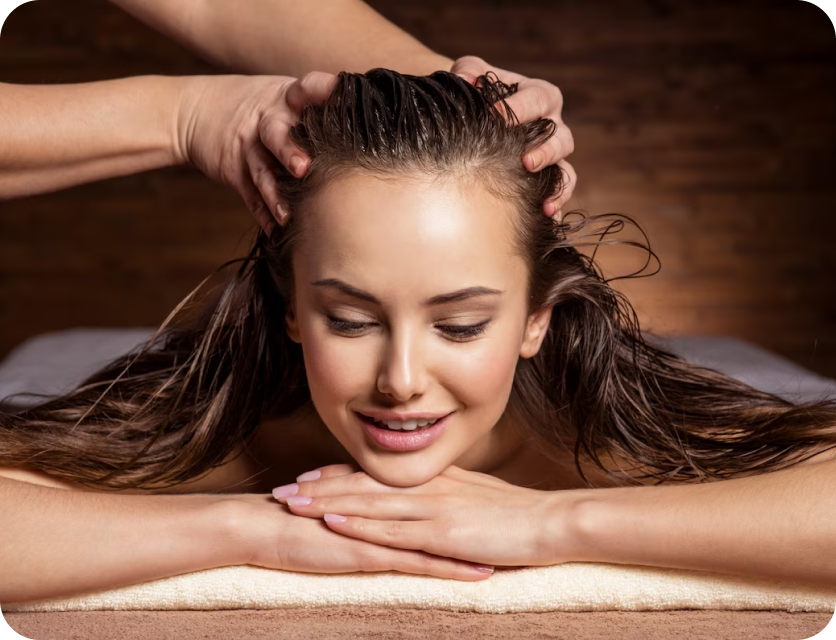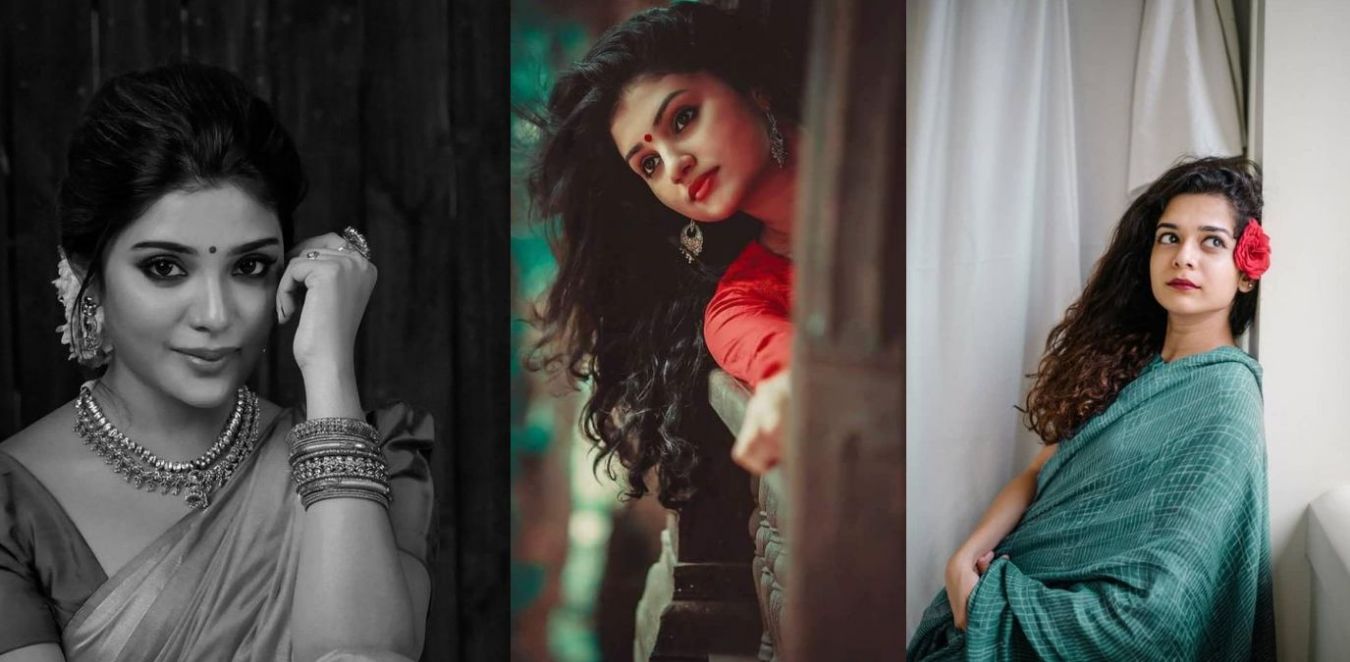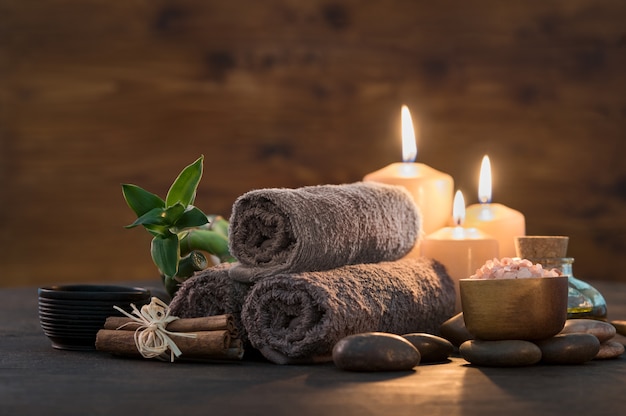Portrait photography is achieved by combining the right technique with an artist's expression. Historically, portrait paintings have been used to tell stories since they were first painted by artists like Picasso. Great portrait photography is the modern form of the same technique.
Although portrait photography requires less effort than painting, it can be challenging to capture the expressions and emotions that make a great portrait.
What Is Portrait Photography?
The art of portrait photography is the ability to capture the inherent character of your subject.
In order to create great portraits, you need a combination of technical proficiency and artistic expression.
Art: Photographs should evoke feelings and captivate the viewer's attention by capturing stunning and emotive portraits.
Technique: Using the right
- Camera settings,
- Composition,
- Angles,
- Lighting,
- Backdrops, and
- Poses.
The definition covers the basics of portrait photography, but there is more to it than simply clicking pictures of people.
It is just as important to follow the rules and guidelines as it is to break the mold in portrait photography. Take a look at these awesome ideas, tips, and poses for portrait photography.
Types Of Portrait Photography To Try Out
1. Traditional Portraits
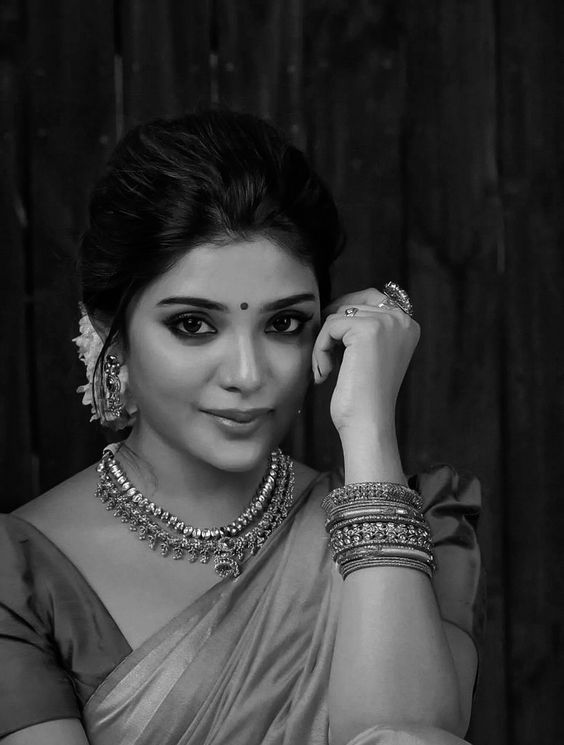
Image source : Pinterest
Traditional photography focuses on capturing the subject's expression and emotion.
A classic portrait is often taken against a simple studio backdrop, with the subject looking directly at the camera.
A lot of these photos are taken from the head and shoulders of the subject rather than covering the entire body.
2. Candid Portraits
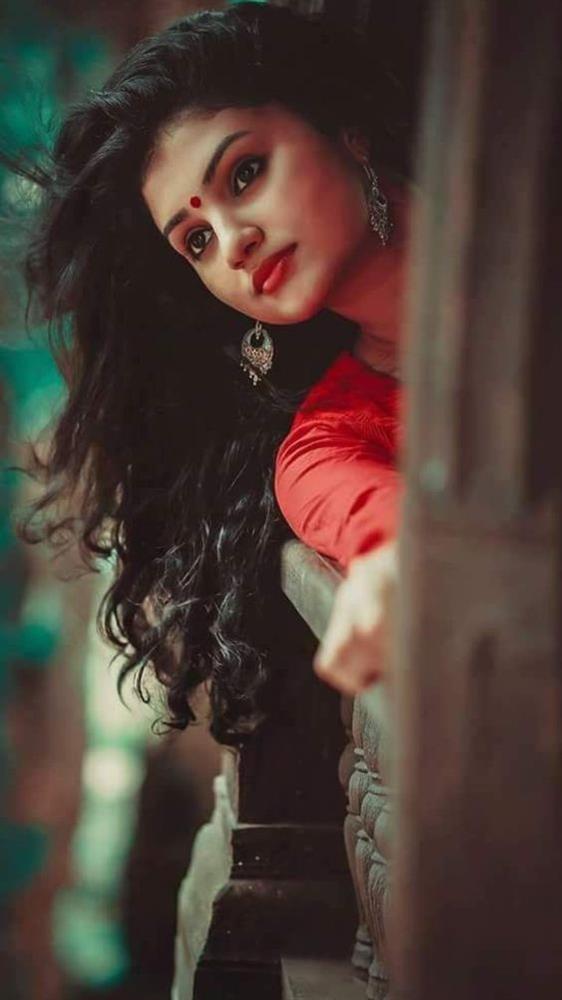
Image source : Pinterest
A candid portrait is one in which the subject appears (and usually is) unaware that they are being photographed. A candid photograph is one in which the subject does not pose or act in any way. This type of photograph can provide powerful insights into the emotions of the subject.
3. Self-portraits
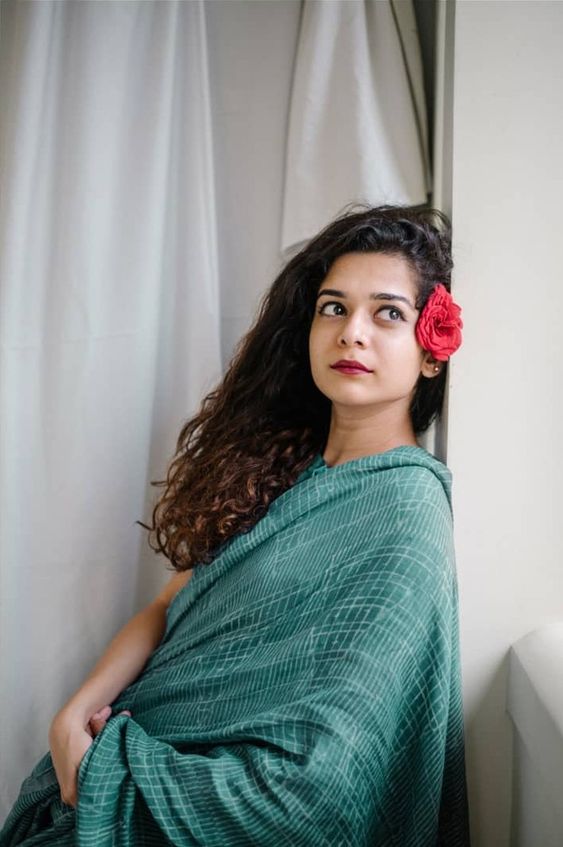
Image source : Pinterest
Photographing yourself is arguably the greatest challenge because no one but you is involved.
Being vulnerable with your camera may be a bit of a challenge, but you can practice various compositions and types of photography by stepping outside of your comfort zone.
4. Lifestyle Portraits
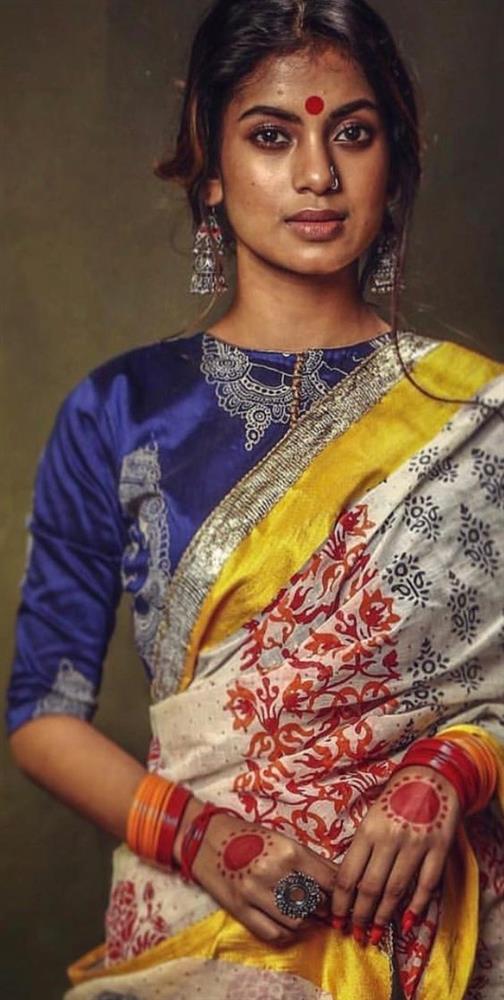
Image source : Pinterest
The lifestyle portrait captures the everyday activities of people. The brand usually uses this style of advertisement to inspire its customers to live the portrayed lifestyle.
5. Close Up Portraits
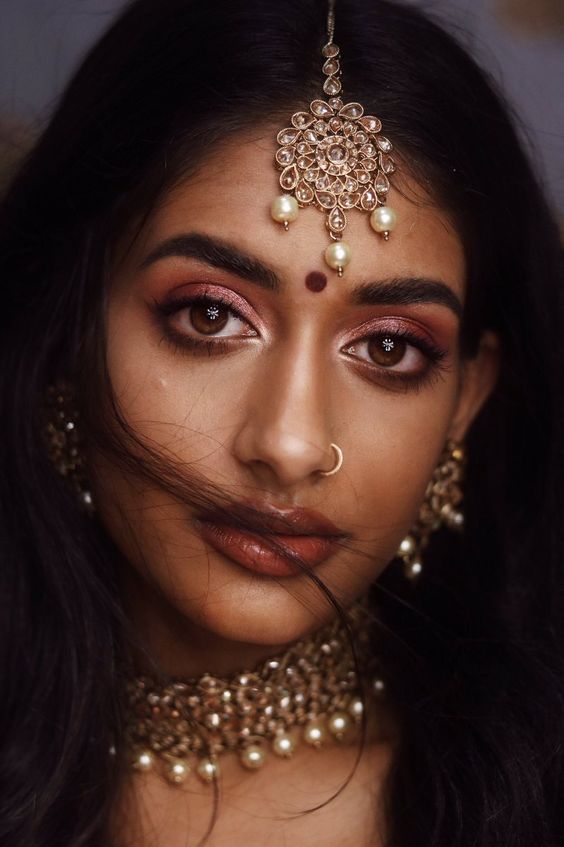
Image source : Pinterest
The macro - or close-up - aspect of portraiture involves extreme close-ups of parts of the subject, usually the eyes.
You should talk to the subject and try to calm them down, as you'll be very close to them.
6. Conceptual Portraits
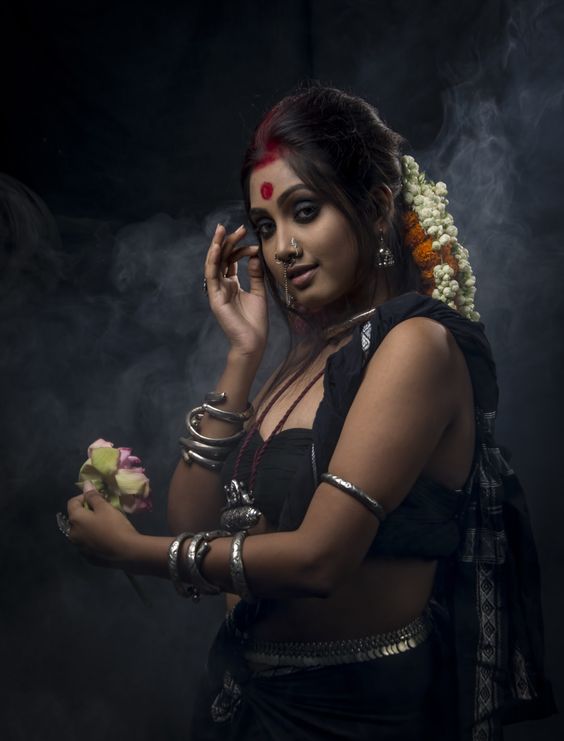
Image source : Pinterest
Portraits that convey conceptual ideas are mysterious and ambiguous, so the message isn't immediately obvious.
The idea is to convey a concept or idea through a portrait. Creating a surreal result requires a great deal of post-production work.
7. Group Portraits
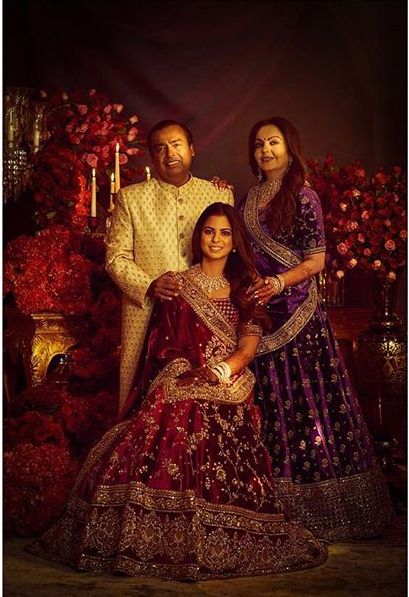
Image source : Pinterest
The most common group portraits are of couples and families. The portrait of an individual is easier to capture than that of multiple people.
In order to capture an effective portrait, you need to have more people participate in the process.
8. Glamour Portraits
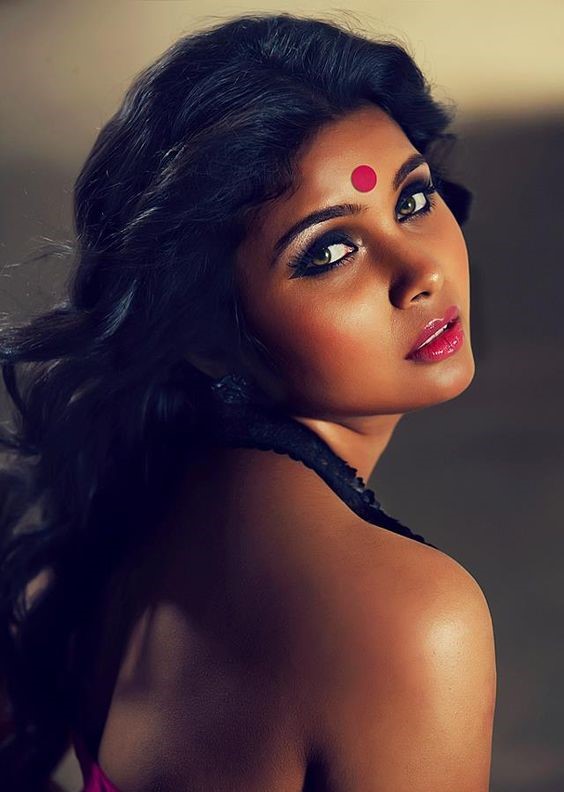
Image source : Pinterest
A glamour portrait can be alluring and sensual, as it focuses on capturing the raw beauty of the subject.
In this style of portrait photography,
- Hair,
- Makeup, and
- Clothing
are all carefully styled.
9. Environmental Portraits
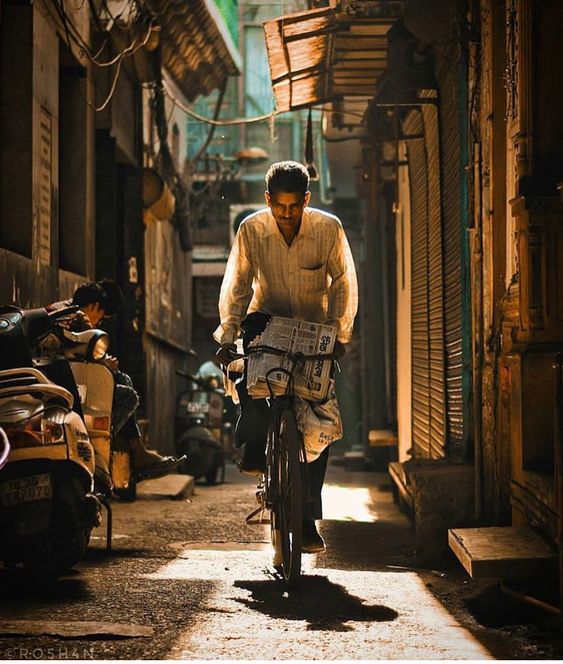
Image source : Pinterest
The idea of environmental portraiture is to capture your subject in a setting that has meaning to them.
A garden or favorite restaurant would be great options, as would any place they feel connected to.
A good environmental portrait should have coordinated lighting, pose, and background. This should be planned well in advance of the shoot.
10. Pet Portraits
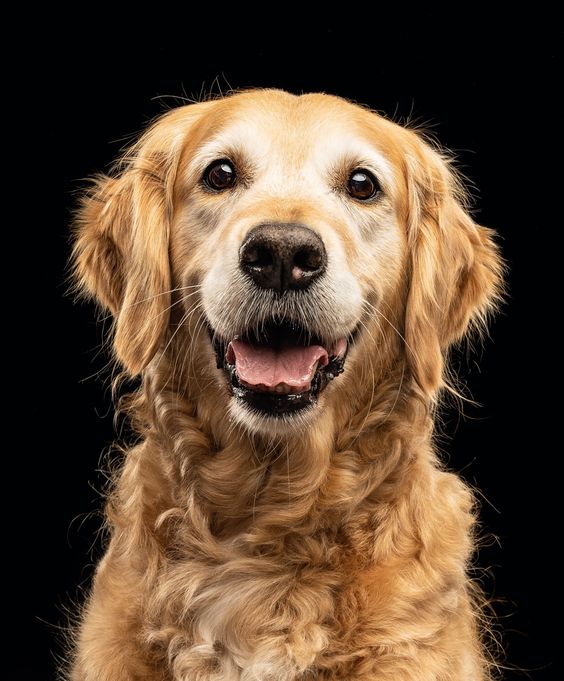
Image source : Pinterest
Photographing your pet can be as much fun as capturing a human portrait.
Pet portraits are in demand as pet owners look for a way to capture their pets' personalities for eternity.
In addition, people like to post pictures of their pets on social media.
Tips For Mastering Portrait Photography
1. Focus On The Topic
Portrait photography is all about the subject. A successful portrait photography session depends on making the subject feel comfortable with you.
Meet your client in person, if possible, before the photoshoot to discuss the shoot.
To have a successful photoshoot, it is best that you get to know the subject, tell them about your photography style, and let the subject know what you are looking for.
Make sure you factor your subject's preferences and capabilities into your plan for the shoot.
2. Right Location
Your choice of location for the portrait shoot will have an enormous impact on the final results.
Natural light outdoors usually produces the best results but also presents a number of challenges.
It is important to plan according to the weather, time of day, as well as changing lighting and environmental conditions throughout the day.
3. Take Candid Portrait
It is sometimes difficult to get subjects to pose well. People are not always comfortable posing.
A similar discomfort can be observed in the case of posed portraiture images of children that can seem forced and unnatural.
The best portrait shots can be captured when your subjects are comfortable and doing what they normally do.
4. Capture Emotions And Expressions
Artists often strive to capture the emotions and expressions of their subjects through portrait photography.
Empathizing with your subject is harder than it seems. Do not smile and look blank when empathizing with them.
Creating great portrait shots relies on genuine expressions, a faint smile, and even a faint twinkle in the eye.
Give your subject some time to get into the zone. Rushing or forcing them won't work.
5. Portrait Photography: Choosing The Right Lens
A camera lens is the most important tool in capturing the right shot in any form of photography.
For portrait photography, there is no such thing as the ideal lens. The choice rests with you.
It's better to use a wide-angle lens if your subject's surroundings or background are crucial to the image.
6. Background
Portraiture focuses on the subject model, as one might expect. In addition, there are other factors that go into it.
It is possible to create a lot of drama in a photograph by selecting an interesting background.
Blurring the portrait background correctly, on the other hand, tends to draw attention more to the subject.
Therefore, it is very important to adjust the shutter speed and aperture according to how the background will turn out.
Portrait Poses For Everyone
1. The 45-degree Rule
Looking straight at the camera can result in you looking bulky. The better the posture of your body, the more relaxed and slimmer it will appear.
It is also possible to turn the head 45 degrees as well as face forward. The pose is one of the classics in portraiture.
2. Crossed Legs
Portrait poses like these are usually used for women. The leg that holds the weight can be crossed in front or behind the one holding it.
3. Leaning Back
Versatility makes this pose a great choice. This can be used on both men and women, children and elders, and for both casual and formal photographs, group shots as well as individual portraits - with only a few small differences.
4. Leaning On A Wall With Leg Up
A simple and relaxed full-length portrait photography pose is ideal if you're looking for full-length photography ideas.
Here you bend one leg up to the wall in a casual variation of the previous pose.
In general, the knee should be facing the camera if the model is wearing trousers- long pants.
5. Leaning Forward
Making the face the focal point of the photo by leaning toward the camera is an excellent way to shape the body. In many portrait photography poses, you will see people leaning.
6. Arms Up
Portrait photographers use this pose since it makes the body look slimmer.
Taking advantage of leading lines to direct the viewer's gaze, the face is also framed.
You can also make it as playful and creative as you want while the hands are raised.
They can also play with their hair or hold up a scarf to become part of the wind.
Final Thoughts
The hardest part of taking photographs of people is posing them. This is something that we could all use a little bit of help with, regardless of whether you are the model or the photographer.
By understanding the different styles of portrait photography, you can diversify your portfolio as a photographer.
A regular person who does not have modeling experience or aspirations but wishes to have his or her photos taken should take note of this.
A portrait photographer may have a particular style that stands out among the others.
To learn and grow as a photographer, it is important to experiment with every style and then decide which suits your needs best.
